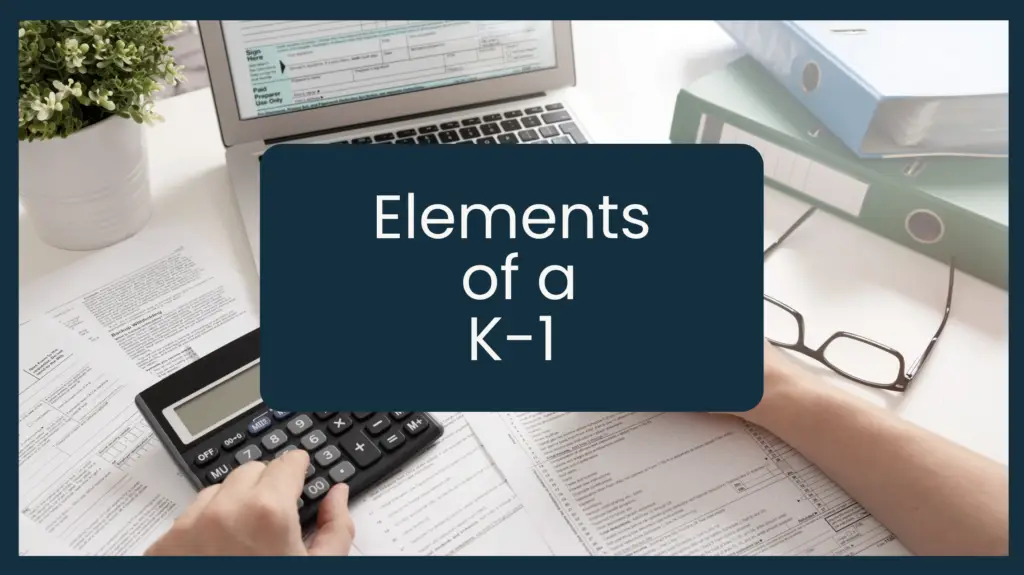A K-1 is a tax document that reports your share of the partnership’s income, deductions, and credits. It’s issued by the partnership or LLC you’ve invested in and is used to prepare your personal tax return.
Key Sections of a K-1
- Partnership Information: Includes the entity’s name, address, and tax ID.
- Your Share of Income: Reports ordinary business income or loss from the syndication.
- Rental Income: Reflects income or loss from rental operations.
- Depreciation and Deductions: Details deductions such as depreciation that reduce taxable income.
- Other Income: May include capital gains from a property sale.
How to Use Your K-1
- Report the relevant information on your tax return. Your CPA will use the details to calculate your tax liability or refund.
- Keep your K-1 with your tax records in case of an audit.
Tips for Handling K-1s
- Plan for Delays: At ODC, we pride ourselves on getting K-1s out on time by March 15, but this isn’t the case with a lot of syndicators. K-1s are often issued after April 15, so you may have to consider filing for an extension depending on your operator.
- Consult a Professional: Work with a CPA experienced in real estate investments to maximize your deductions.
Understanding your K-1 is essential for accurate tax reporting and optimizing your investment’s financial benefits.

